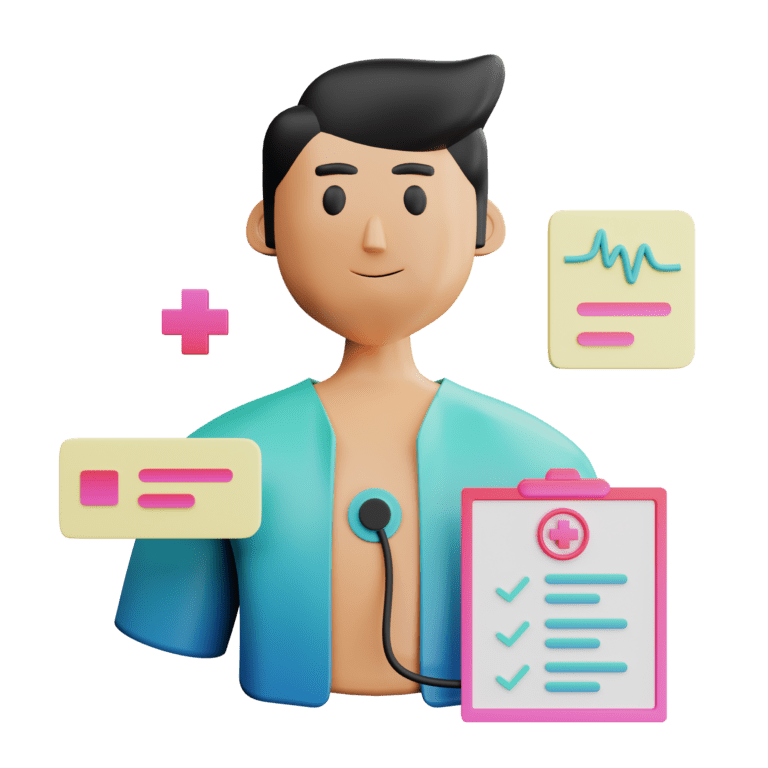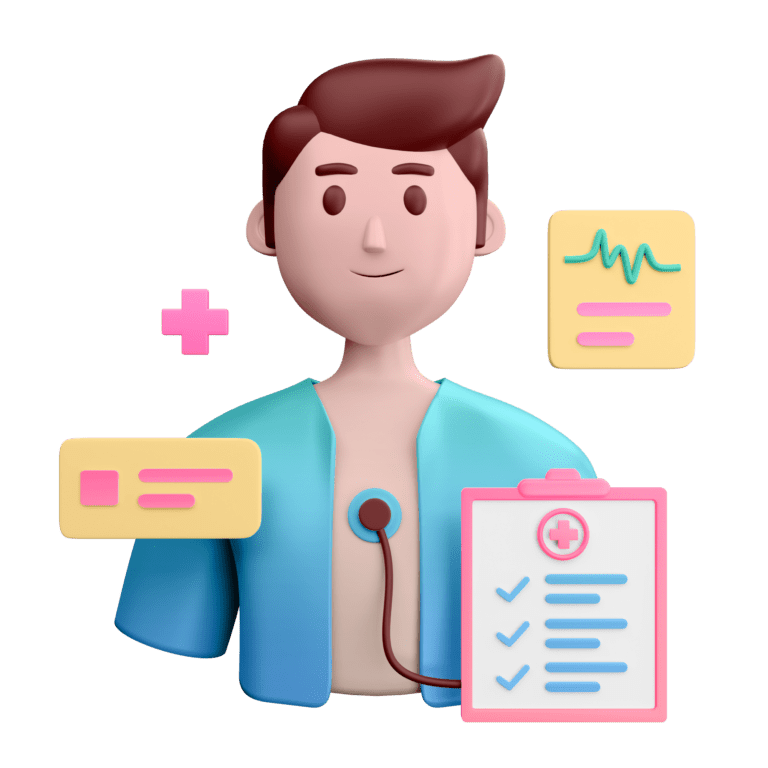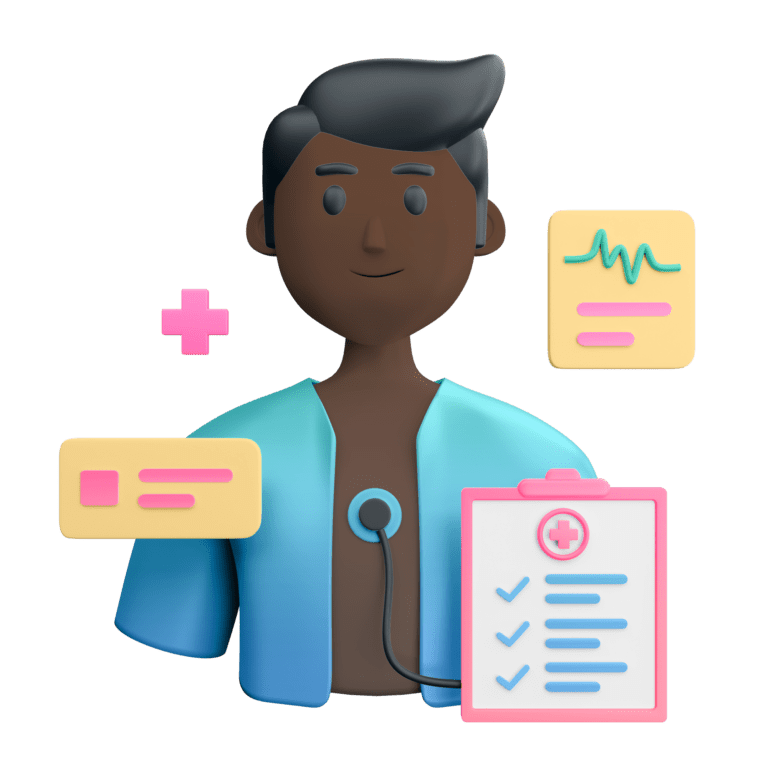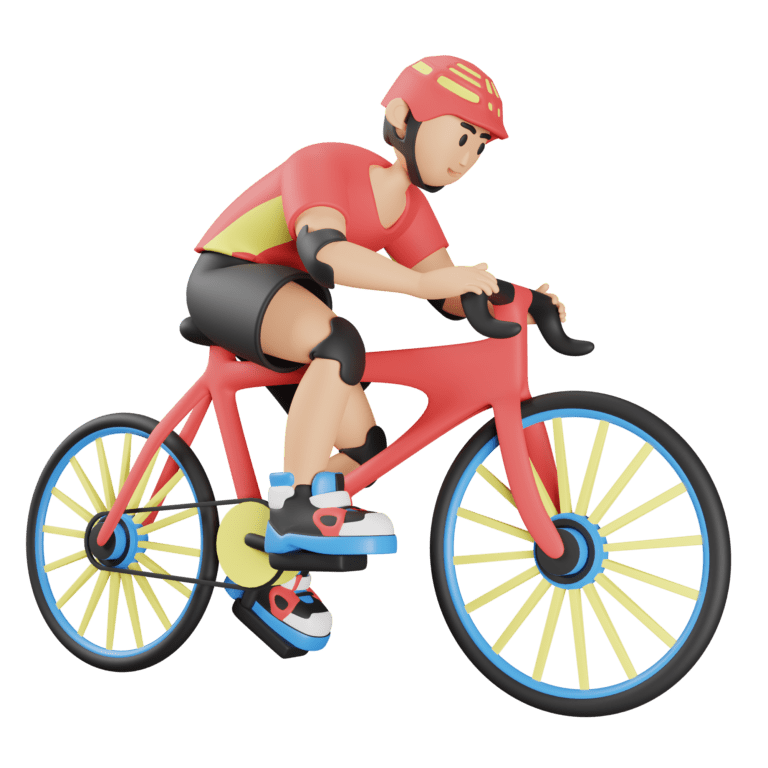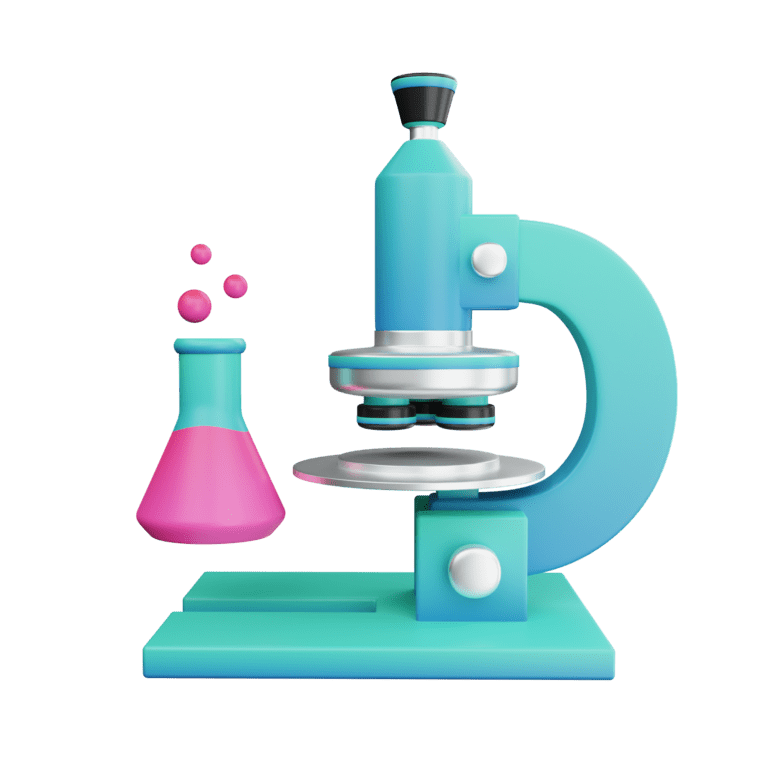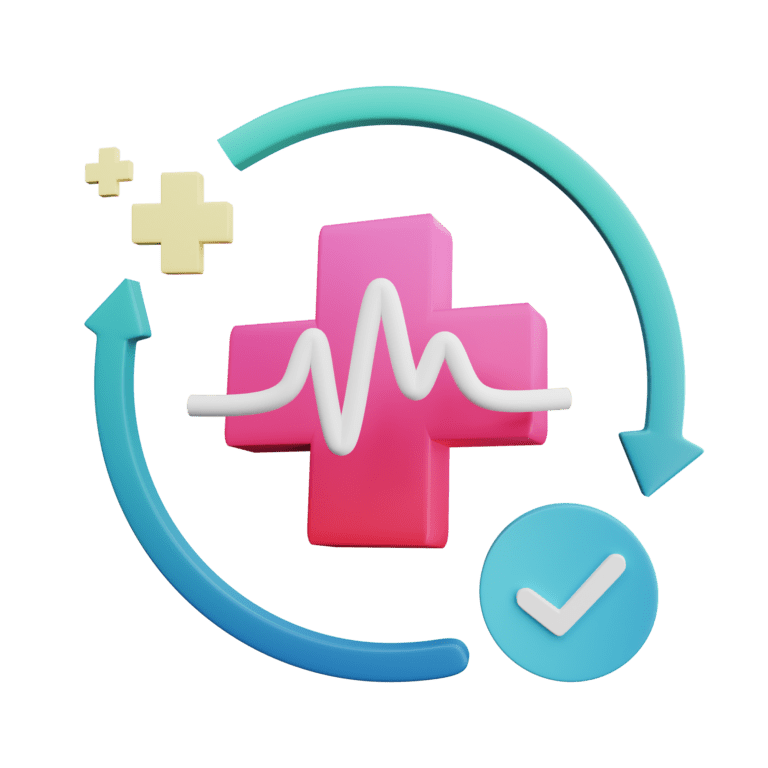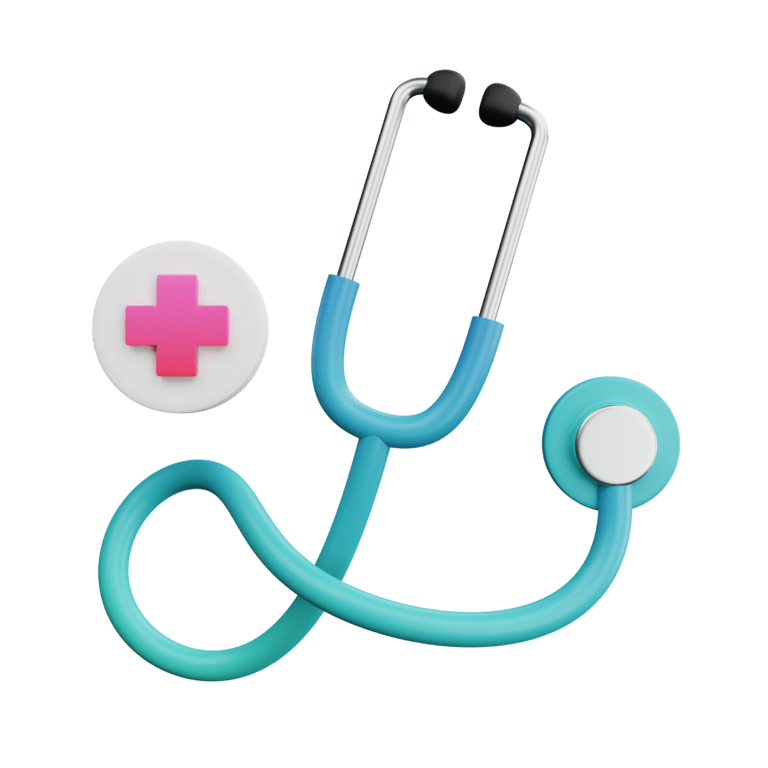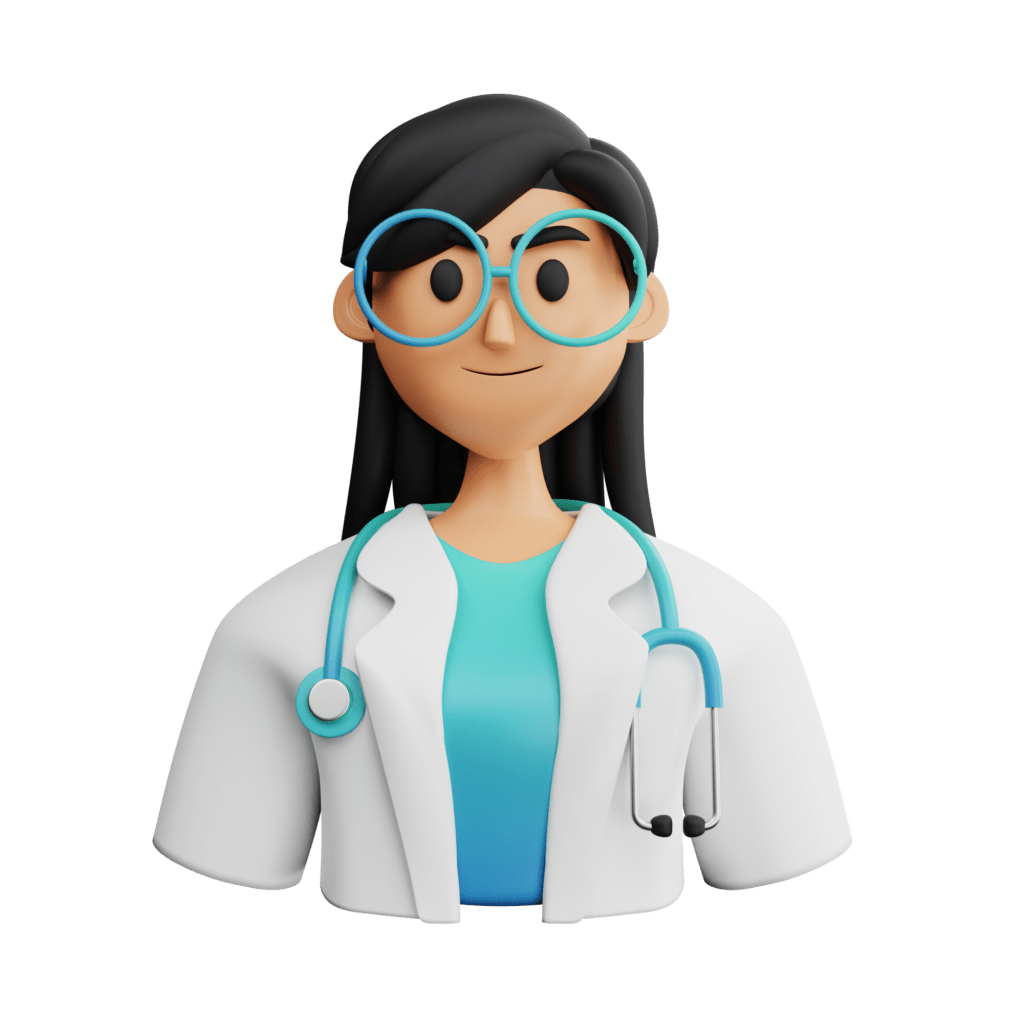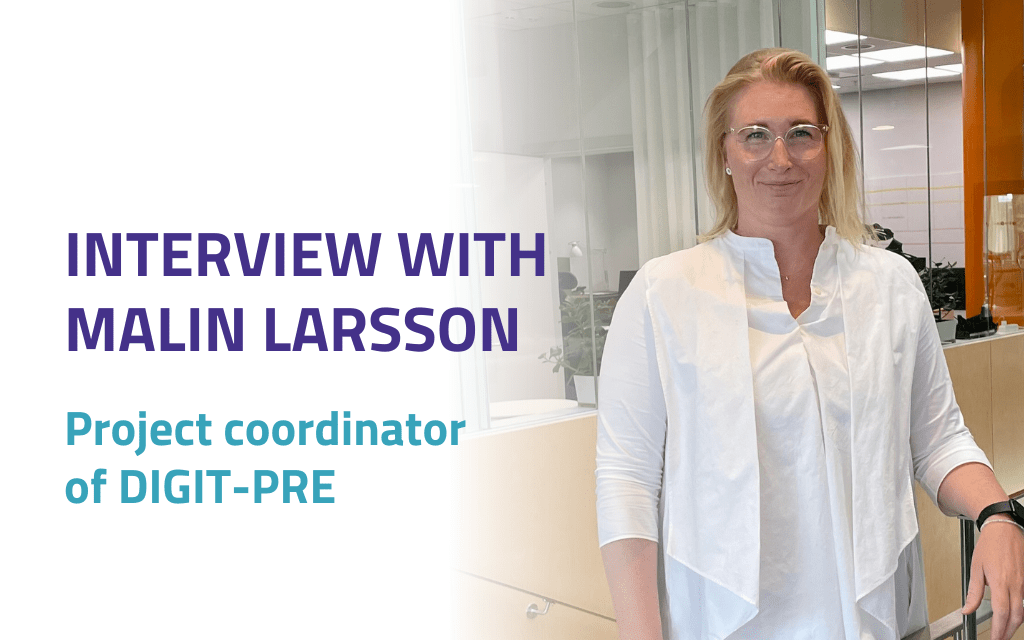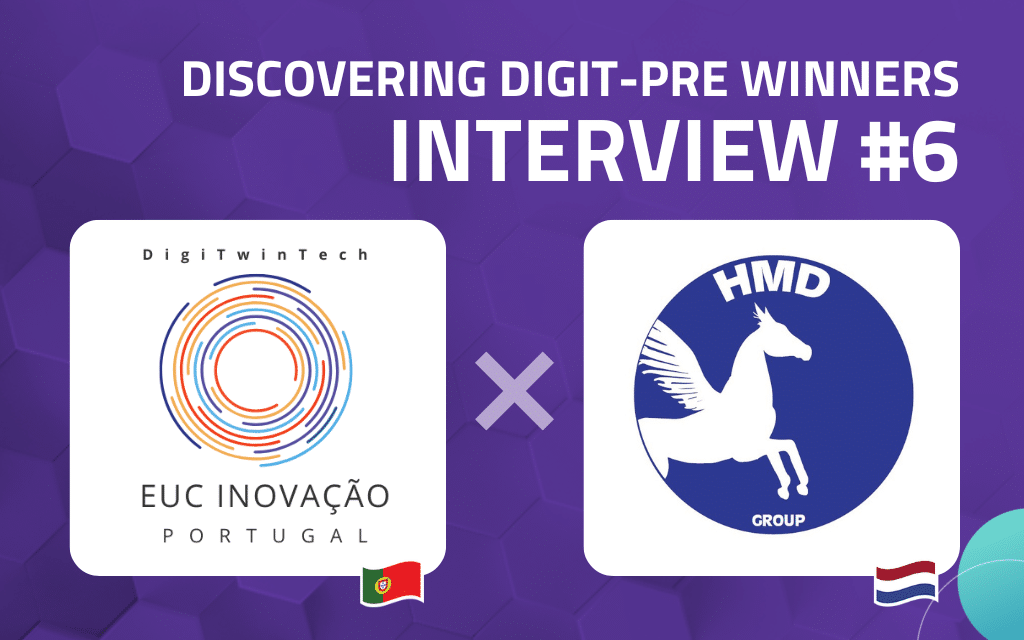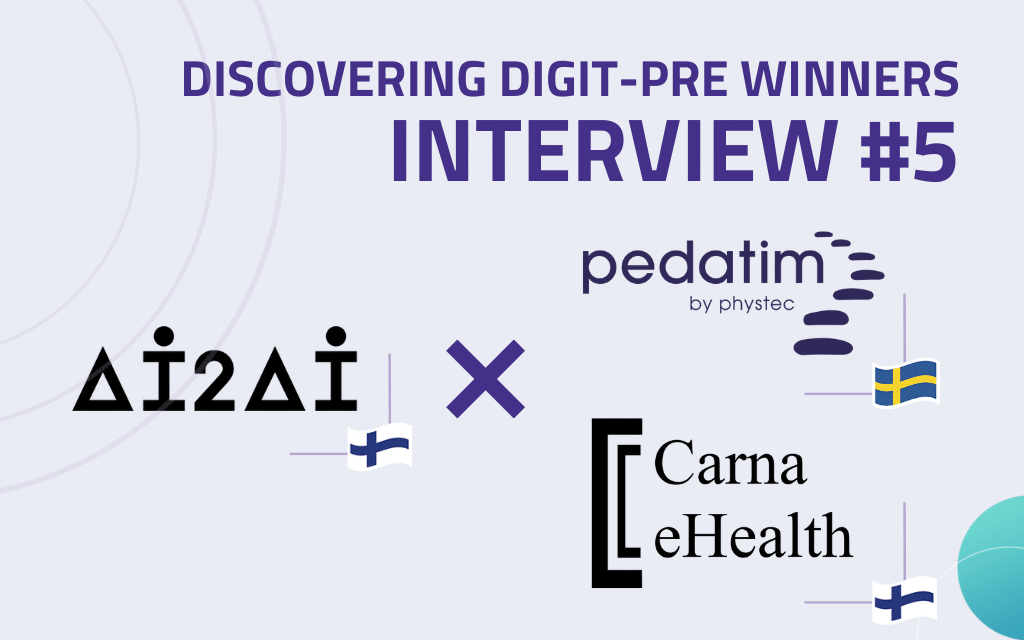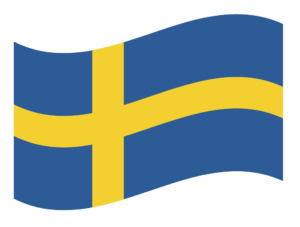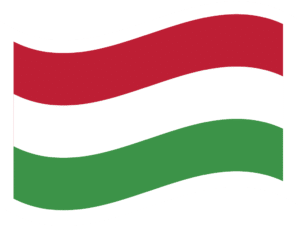DIGIT-PRE has been running for one year and we have recently launched an Open Call. Innovation Skåne is coordinating the project, with the role both to deliver project management and to support SMEs that will be selected to participate in our Innovation Support Program. Malin Larsson from Innovation Skåne, gives us an insight into the project and what makes it particularly unique.
Malin Larsson, what is your role in the DIGIT-PRE project?
“I am the project coordinator for DIGIT-PRE meaning that my focus is on moving the project forward according to plan, and handling everything that does not go as planned. I am also the bridge between the consortium of 10 partners and the European Commission who is funding the project with the means of the I3 Instrument.
Coming from Innovation Skåne, our role is both to deliver project management as we are coordinating the project but also to support SMEs that will be selected to participate in our Innovation Support Program with our vast experience in business advisory.”
Looking back, what would you like to highlight from the first year of DIGIT-PRE?
“The importance of a strong consortium! This project consortium is made up of 10 partners from across the EU, all with complementing skills, expertise and focus areas. Engaged and committed project members is the absolute foundation for this, or even any, project to come to life and be delivered in the way this it up until now has been. I truly value each and every one that is working on this project!”
What phase is the project in at the moment?
“We are now in a very exciting phase of the project, where we have launched our open call for SMEs to respond to. 10-12 sub-projects will be chosen to receive both financial and organisational support from DIGIT PRE with the aim to help them reach an international market faster and by this respond to the increasing global challenges we face that are connected to people’s health and well-being.”
Tell us about a particularly unique aspect of the project?
“There actually are quite a few! But to mention some, I would say the strong connection the project has with the regions represented is a unique feature. The ten regions that serves as the operating area for the project has all signed up to be engaged in the project which guarantees a widespread geographical coverage as well as access to local and regional facilities such as testbeds and large scale demonstrators.
Also working in the intersection of supporting business growth and at the same time investing in solutions that will help both individuals and society in terms of preventing and predicting health related illnesses is rather unique I would say.”
There is a major need for more prevention, better prediction and easier access to remote care. Describe how we are addressing these challenges in the project.
“The very first step of this project was to deep dive into real life challenges that we face in each of our regions but also on a global scale. We spent a lot of time and effort to understand what the underlying challenges are, and involved multiple stakeholders including health care professionals as well as users and patients, in the process. We have now found our set of challenges, ranging all the way from mental health via healthy lifestyles to neurological conditions, that we want SMEs to help provide solutions for.
It has been, and still is, very important to us that we work towards solutions that we see a clear need and demand for and choose to invest in SMEs that can address this. By choosing to focus on prevention and prediction, we see that we can help people to stay healthy longer – decreasing both the suffering for individuals and also the pressure on an already strained health care system.”



